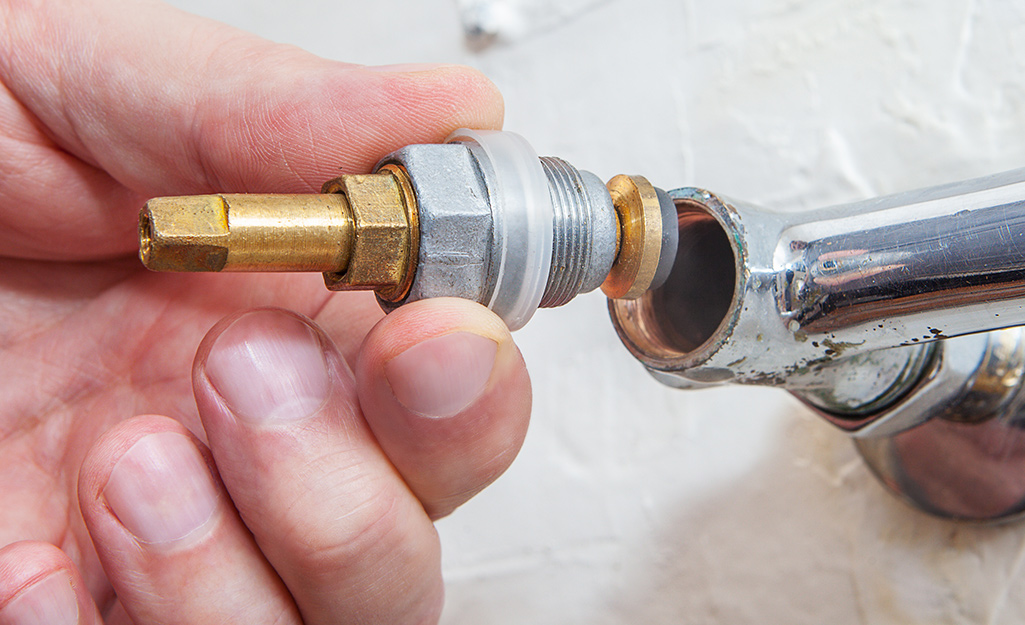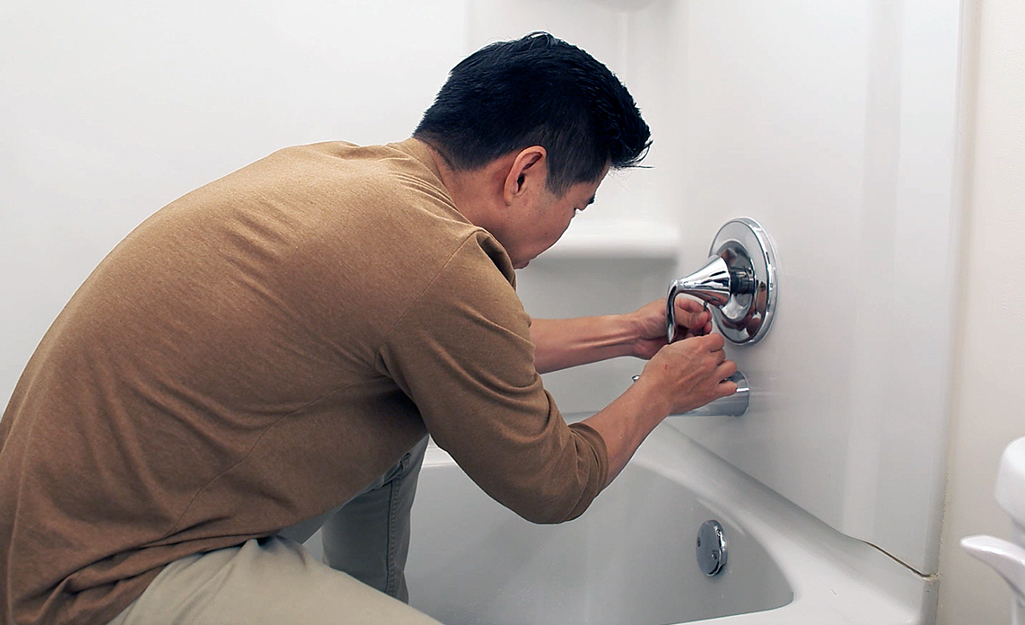Our Importance of Correcting a Broken Faucet
Our Importance of Correcting a Broken Faucet
Blog Article
What are your opinions concerning Why Is It Important To Fix Your Leaking Tap/Faucet??

Dripping faucets might appear like a small aggravation, but their impact goes beyond just the inconvenience of the noise. From wasting water to incurring unnecessary financial costs and health risks, ignoring a leaking faucet can lead to numerous consequences. In this write-up, we'll delve into why it's crucial to resolve this usual family problem quickly and effectively.
Wastefulness of Water
Ecological Impact
Trickling taps contribute significantly to water wastefulness. According to the Environmental Protection Agency (EPA), a single tap dripping at one drip per secondly can squander greater than 3,000 gallons of water annually. This not just stress water sources however additionally affects ecosystems and wildlife depending on them.
Step-by-Step Guide to Repairing a Dripping Tap
Devices Required
Prior to trying to fix a leaking tap, collect the required devices, including an adjustable wrench, screwdrivers, substitute components (such as washing machines or cartridges), and plumber's tape.
Typical Tap Issues and Their Solutions
Determine the kind of faucet and the details concern causing the drip. Common problems include worn-out washers, corroded valve seats, or defective O-rings. Refer to producer instructions or online tutorials for step-by-step guidance on repairs.
Financial Costs
Increased Water Costs
Past the ecological effect, dripping faucets can pump up water expenses substantially. The accumulated wastefulness gradually equates into greater utility expenses, which can have been prevented with timely fixings.
Prospective Home Damage
In addition, extended leaking can lead to harm to components and surfaces bordering the faucet. Water buildup can cause discoloration, corrosion, and even architectural issues if left ignored, causing additional repair service costs.
Health and wellness Concerns
Mold and Mold Development
The constant existence of dampness from a dripping faucet produces a suitable setting for mold and mildew growth. These fungi not only jeopardize interior air top quality but also present health and wellness dangers, specifically for people with respiratory system problems or allergic reactions.
Waterborne Illness
Stagnant water in leaking faucets can become a breeding ground for bacteria and various other virus, boosting the threat of waterborne conditions. Impurities such as Legionella germs flourish in stationary water, potentially bring about severe illnesses when consumed or inhaled.
Do it yourself vs. Specialist Repair service
Benefits and drawbacks of DIY Fixing
While some may try to take care of a dripping tap themselves, DIY repair services come with their very own set of difficulties. Without proper understanding and devices, DIY efforts can exacerbate the problem or lead to incomplete repair work, extending the issue.
Benefits of Employing an Expert Plumber
Employing a professional plumber ensures that the underlying cause of the trickling tap is addressed effectively. Plumbings have the experience and tools to detect and fix tap concerns efficiently, conserving time and minimizing the threat of more damages.
Ecological Duty
Private Payment to Conservation
Taking responsibility for fixing dripping taps straightens with more comprehensive initiatives toward water conservation and environmental sustainability. Every person's actions collectively make a substantial influence on protecting precious sources.
Sustainable Living Practices
By focusing on timely repair work and taking on water-saving routines, individuals add to lasting living practices that profit both present and future generations.
Safety nets
Normal Maintenance Tips
To stop leaking taps, carry out regular maintenance such as cleaning up aerators, evaluating for leaks, and changing worn-out components promptly. Furthermore, take into consideration installing water-saving devices or updating to extra efficient fixtures.
Value of Prompt Services
Addressing dripping faucets as quickly as they're observed protects against further water wastage and prospective damages, inevitably conserving both water and cash in the future.
Influence On Property Value
Perception of Well-Maintained Residential Or Commercial Property
Maintaining a home in good condition, including dealing with maintenance concerns like leaking faucets, improves its perceived worth and worth among potential customers or occupants.
Influence on Resale Worth
Features with well-kept plumbing fixtures, consisting of faucets, command greater resale values in the property market. Dealing with trickling faucets can add to a favorable impression throughout home examinations and arrangements.
Final thought
Resolving a dripping tap surpasses mere comfort; it's an essential step towards preserving water, decreasing monetary prices, and safeguarding wellness and residential or commercial property. Whether with do it yourself fixings or specialist assistance, taking action to repair dripping faucets is a little yet impactful means to advertise accountable stewardship of resources and add to a healthier, much more sustainable future.
How to Fix a Dripping or Leaky Faucet
A leaking faucet is one of the most common problems that homeowners encounter, but it being commonplace doesn’t make it any less annoying. The constant drip drip drip of a leaking bathtub faucet, showerhead, or sink tap can disturb your home’s serenity. Left neglected, a dripping faucet can also result in higher water bills and discoloration or mold growth in your sink or plumbing fixtures.
Fortunately, you don’t have to be a trained plumber to know how to stop a dripping faucet. With some basic tools, replacement parts, and a little patience, leaky faucet repair is a breeze. In this article, we’ll explain what causes dripping faucets and how you can fix them.
What Causes a Leaking Faucet?
Kitchen and bathroom faucets come in all manner of designs, but most involve some combination of valves, O-rings, seals, and washers. The O-ring is usually the weakest link, but any one of these pieces can wear down over time. Heat, moisture, temperature fluctuations, minerals, mold, and movement can contribute to warping and corrosion, breaking the watertight seal. This just comes with the territory of being a homeowner. Everything is always subject to wear and tear, and some component parts of your appliances and fixtures need to be replaced on occasion. At least replacement O-rings are cheap!
More rarely, dripping faucets can be a symptom of excessively high water pressure. Were this the case in your home, you would probably notice that the leak is not isolated to one faucet. Water pressure issues are harder to resolve on your own. We recommend contacting a professional plumber if you suspect your water pressure is too high.
How to Fix a Dripping Faucet
Pipe wrench or monkey wrench Allen wrench set Screwdrivers Old towel or rag Shut off the water.
Before you do anything, you need to turn off the water to keep from drenching your kitchen or bathroom. You should find a valve under the sink and against the wall. Once you’ve turned this valve, try turning the faucet on to confirm that the water source has been cut off.
If you can’t locate your local valve for the faucet you’re working on, you can always shut off the water to the house at the main valve. Of course, this will prohibit anyone from using the sinks, showers, or toilets while you’re working on the faucet that’s giving you trouble.
Plug or block the drain.
You’ll be disassembling the faucet and removing some small bits of hardware. Plug the drain with a stopper or rag to avoid the possibility of a small screw falling into your P-trap.
Take apart the faucet assembly.
There are several varieties of kitchen and bathroom faucets, each with its own manner of assembly. For detailed instructions on how to disassemble your faucet, you can refer to the fixture’s manual or contact the manufacturer. If you know whether you have a ball, disc, cartridge, or compression faucet, you can find detailed schematics online.
In general, you need to begin by removing the faucet handles. You might notice a small screw that you’ll need to remove with a screwdriver or Allen wrench. If you don’t see any visible securing hardware, it’s likely hidden under a decorative cap that can be unscrewed or popped off with flathead screwdriver.
Remove each piece methodically, consulting a schematic when necessary. Take notes or arrange the pieces in such a way to make it easier to correctly reassemble the faucet later.
Remove the cartridge.
Once you’ve removed the handles and securing hardware, you should be able to remove the valve cartridge or stem. Some cartridges will slide right out. Other faucet models will require you to loosen a nut with a pipe wrench before you can remove the valve stem.
Examine the exposed hardware.
With the cartridge or stem removed, inspect the component parts. Check the rubber O-rings for wear and tear. Also examine the seat washer for corrosion or other damage. These pieces are usually the responsible parties for a dripping faucet, but it’s worth inspecting the other component parts while you have the faucet disassembled.
Find replacement parts.
Once you’ve identified which faucet component has failed, find an identical replacement. Your local hardware store should have O-rings, seat washers, and other standard components in stock. If you have a luxury or uncommon faucet, you may have to contact the manufacturer for a replacement part.
It’s a good idea to take your old parts with you to the hardware store so you can compare them with the store’s inventory and be sure you’re purchasing the correct replacement.
Reassemble the faucet.
With your new parts in hand, reconstruct the faucet and handles. Don’t be tempted to overtighten screws or nuts. You might think this could create a better seal, but it can instead damage or bend a delicate part of the assembly and create a new problem for you.
Turn on the water and test the faucet.
The only thing left to do is test your work. Unplug the sink, turn the water back on, and try the faucet. Congratulate yourself on a job well done!
https://www.libertyhomeguard.com/how-to-fix-a-dripping-or-leaky-faucet/

We hope you liked our post on Water Dripping from Faucet: Why and How to Fix. Thanks a ton for taking a few minutes to browse our article post. If you enjoyed reading our blog posting kindly remember to share it. I enjoy your readership.
Report this page